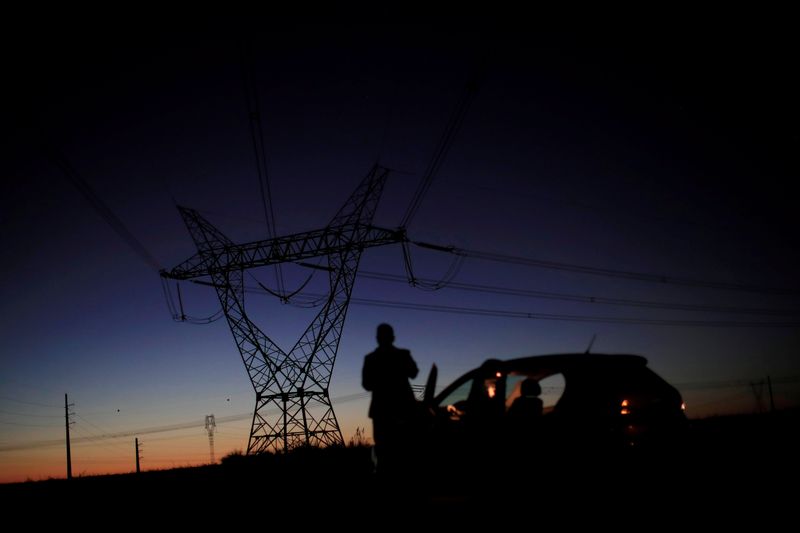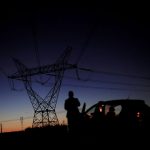Despite the growth of wind and solar power in Latin America’s largest economy in recent years, more than half of Brazil’s power supply still comes from hydroelectric plants.
Aneel implements a “green”, “yellow”, “red level 1” and “red level 2” pricing system.
“Green” means that no additional charges are levied on power bills, while from “yellow” onwards additional tariffs are gradually implemented, also stoking inflation concerns in the country.
In September, Aneel said in a statement late on Friday, it has decided to activate the “red level 2” rank, meaning that Brazilians will pay an additional 7.88 reais ($1.40) for each 100 kilowatt-hour of power they consume.
It is the first time since August 2021, when Brazil grappled with a major drought, that “red level 2” is implemented.
The move came after rainfall was forecast at about 50% below average in September in Brazil’s main hydroelectric areas, Aneel said, noting it would force power generators to increase the use of thermoelectric plants, which are more expensive.

In August, no extra charges had been levied on consumers.
($1 = 5.6121 reais)
To read the full article, Click Here

